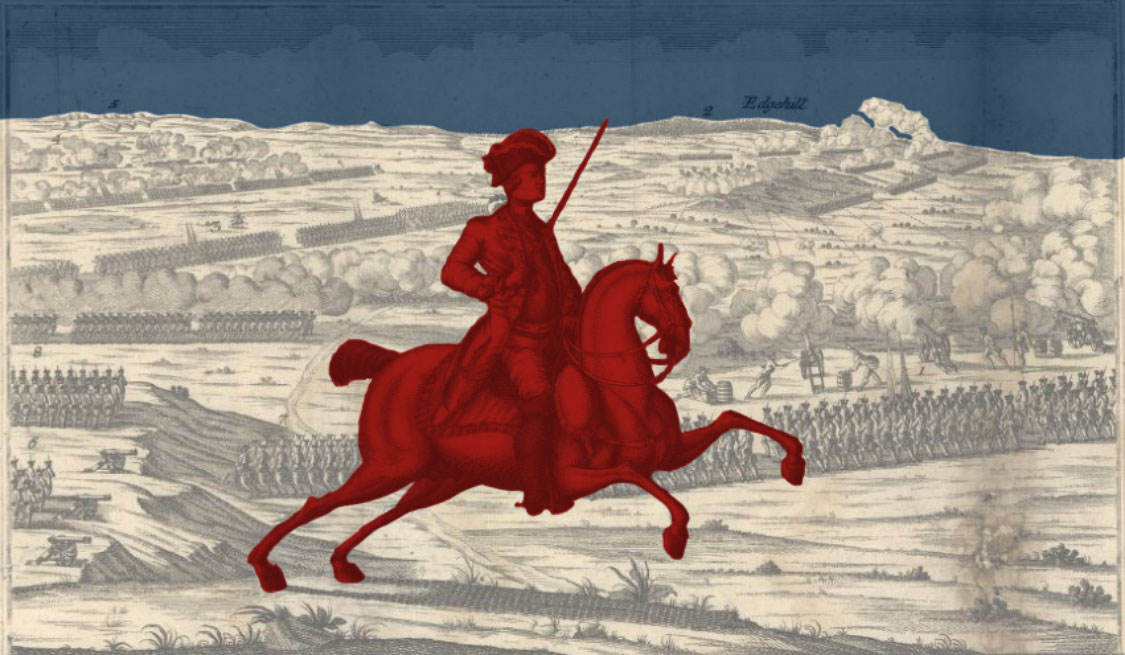Lydia Darragh: Neighbor & Spy
Following the British seizure of Philadelphia in 1777, the ranking British commander established his residence in the vacated house of one of Washington’s generals. Across the street lived the Darragh family, who, like most Quakers, appeared to be neutral toward the war.
Once British senior officers – including John André, then serving on the staff of the British Commanding General – began using the conveniently located Darragh home as a meeting site, the family of Quakers became a family of spies. Lydia, the family matriarch, secretly collected intelligence she overheard. Her husband then encoded messages in a unique shorthand, which were sewn into the clothing of their 14-year-old son. He carried the messages to Washington’s headquarters several miles away at Whitemarsh, where they were decoded by his brother, serving in the 2nd Pennsylvania Regiment.

A notable exception to this routine occurred in December 1777, when Lydia learned the British were planning a surprise offensive against Washington’s army at Whitemarsh. On the pretense of needing flour from a nearby mill, Lydia travelled across the British lines the next day to deliver a coded message herself to the Continentals. Her warning confirmed other intelligence Washington had received, and he surprised the British with a stout defense, repelling the British advance at the Battle of Whitemarsh. It wasn’t until 1827, when Lydia’s daughter published a book about the family’s wartime spying activities, that Lydia’s role in the skirmish became known.